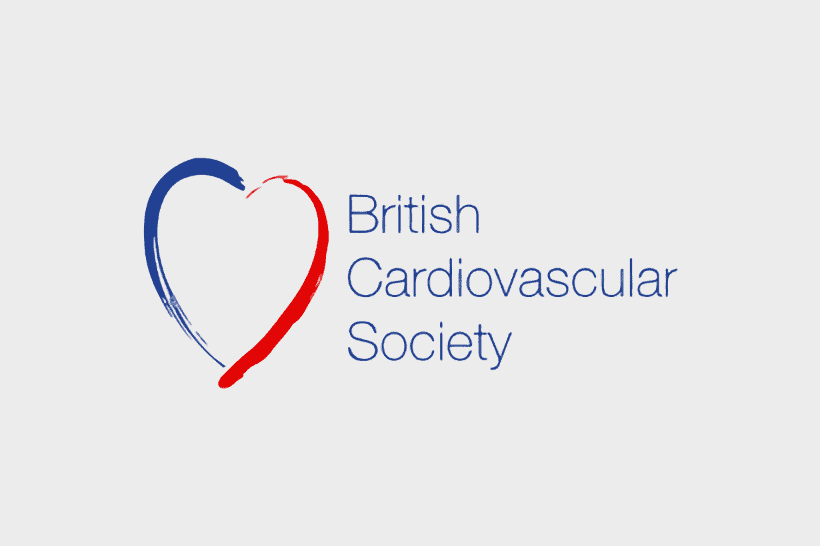By Dr Jonathan Shurlock
Edited by Dr Ahmed El-Medany
As part of the 2023 BCS annual conference, Professor Ferreira presented an overview of their research as recipient of the Michael Davies Early Career Award. Professor Ferreira is a BHF Associate Professor of Cardiovascular Medicine, Honorary Cardiology Consultant, and Deputy Clinical Director of the Oxford Centre for Clinical Magnetic Resonance Research.
The focus of Professor Ferreira’s research and presentation explored the role of machine learning in developing new forms of CMRI to characterise myocardial tissue. The talk titled “Development of Cardiac Magnetic Resonance T1-Mapping – A quantitative and gadolinium free method for comprehensive myocardial tissue characterisation” covered current research developments in the area.
The first component covered was the collaborative effort to create a novel T1-mapping method; Shortened Modified Look-Locker Inversion recovery (ShMOLLI) to enable shorter breath holding requirements during imaging. It further discussed the sensitivity of T1-mapping to changes in tissue free water content, and its utility in detecting overt and subclinical injury.
The second, and headline component of the presentation, focussed on the role of virtual late gadolinium enhancement, using artificial intelligence and machine learning. The basis of this work is published in Circulation and describes the use of large data sets of CMR images in the context of previous myocardial infarction. The authors describe virtual native enhancement (VNE), a software trained on images both pre- and post-gadolinium use. With AI, they report to have shown VNE to be able to produce late gadolinium enhancement-like images. This work forms the basis of ongoing research into the possible utility of gadolinium free CMR.
Professor Ferreira described the future of this technology, including identifying cardiac structure, function, and tissue characterisation in a single assessment, with a rapidly performed scan and without the need for contrast injection. The potential for increased safety and efficiency is central to this ongoing research.
Congratulations to Professor Ferreira for the award and excellent research presentation.
To read more about the ShMOLLI technique, read here:
For further details on the training models and techniques, see here:

